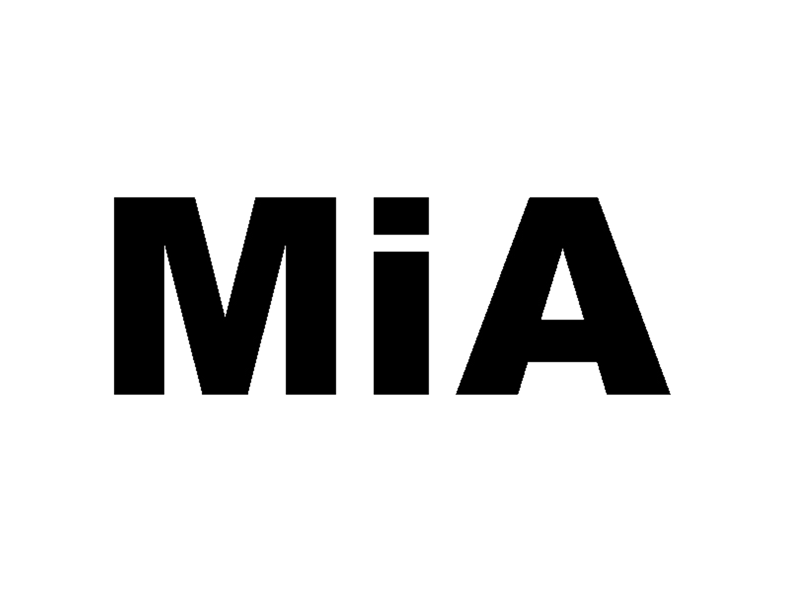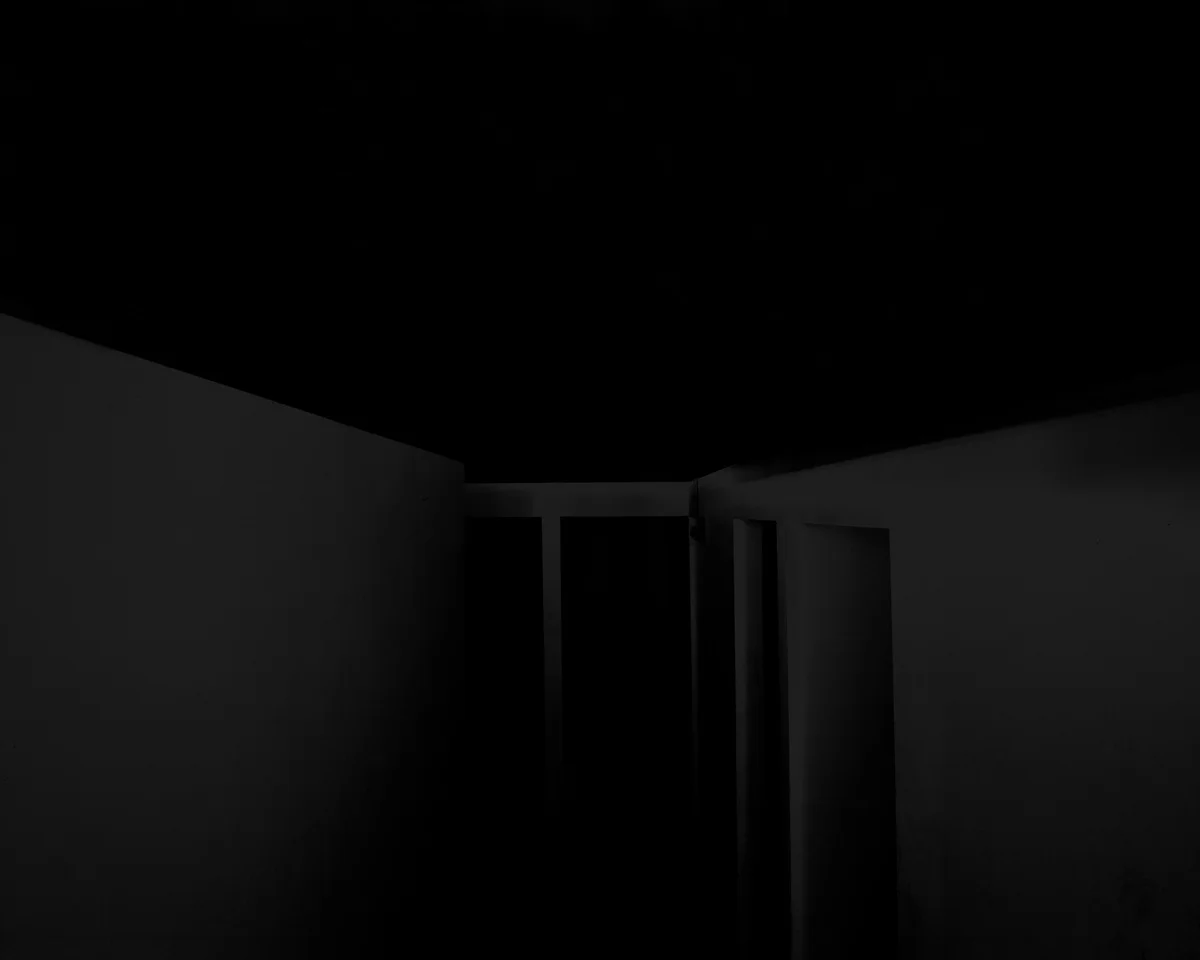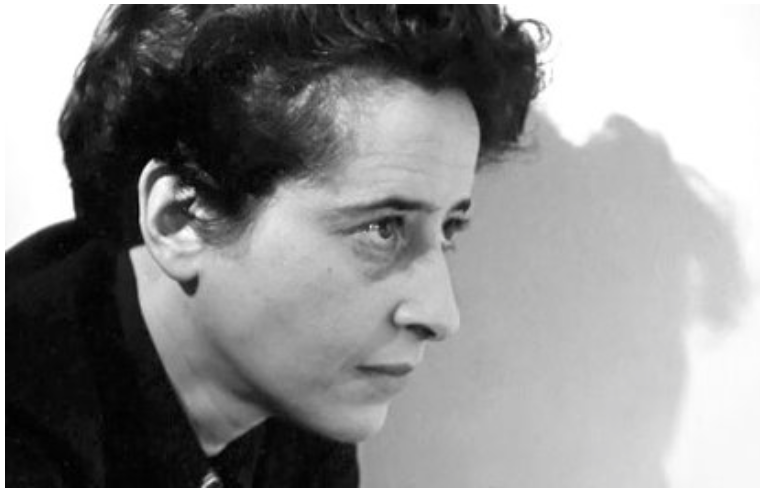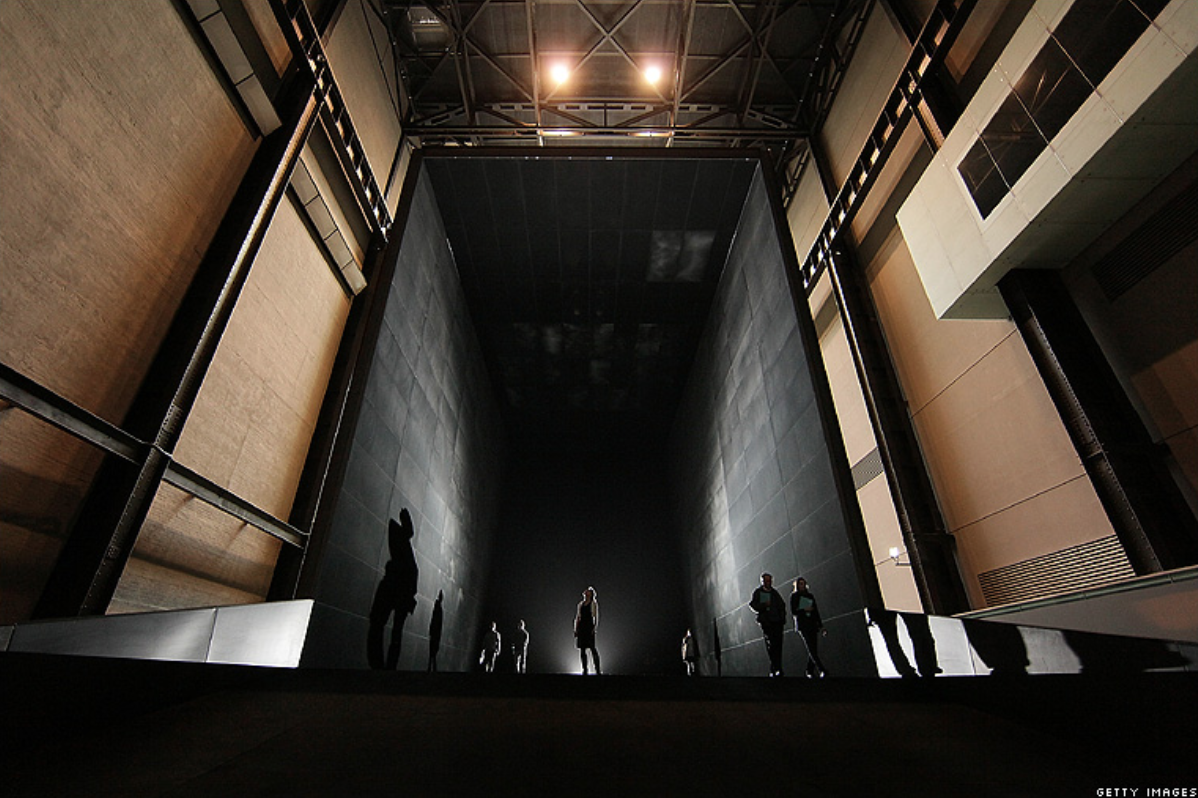Woo Ram Jung is a photographer whose background lies in architecture. His work is the document of his experience coming from his continuous instinct, which he stays open, empty, and visually void. In the unlimited repetition, Jung searches for formal elements of composition. He draws paintings with manipulated colors of the photographic palette on monographic field, which he finds through the process of compositing the elements. He praises the beauty of banality of objects and the abstraction of features as if they are brushed away to unveil the “hidden” aesthetic forms. As German-American architect Mies van der Rohe says, “Less is more” and Jung strives for this simplicity and minimization of composition. Jung believes that this eventually maximizes the potential to pull of the emotions in the work rather than just eliminating the representational quality of photography. Jung received his Master of Architecture at Virginal Polytechnic Institute and State University in 2010 and MFA in Photography and Related Media at Parsons School of Design in 2014. He lives and works in Korea.
articles by woo ram jung
In any place throughout the history, discrimination starting from birth has always been and still is an unsolved problem we continue to carry. The social inequality results mass outbreaks, which becomes the foundation of a revolution. The positive result of a revolution is the power to speak up about human rights and freedom. Yet, "freedom" after a revolution does not resolve the fundamental issue. Although it brings liberation from unfair restraints, it does not automatically bring freedom.
Polish artist, Miroslaw Balka’s project “How It Is,” simply offers a vast history of darkness, a layering of connections, concepts and facts, sources and references that are devoid of hierarchy and proper conjunctions of personal and historical memory.
The mental and emotional touch of sharing small fragments of moments overcomes the physical distance between us and brings us the feeling that we are mentally together.
“What is art?” is, maybe, the question that I cannot answer forever, but it is a critical motivation for me at the same time.
James Welling unveiled another facet of reality through abstract representations.
After all, it would maximize the sadness from being abandoned or huge happiness from finally being with someone.
Rousse alters the scene with elaborate and precise paint patterns and physical manipulations to yield a new space.
What makes something that we can called as an art? How did art get the position as part of the human society today?













If there is a limit in art, it may be the stereotype of humans.